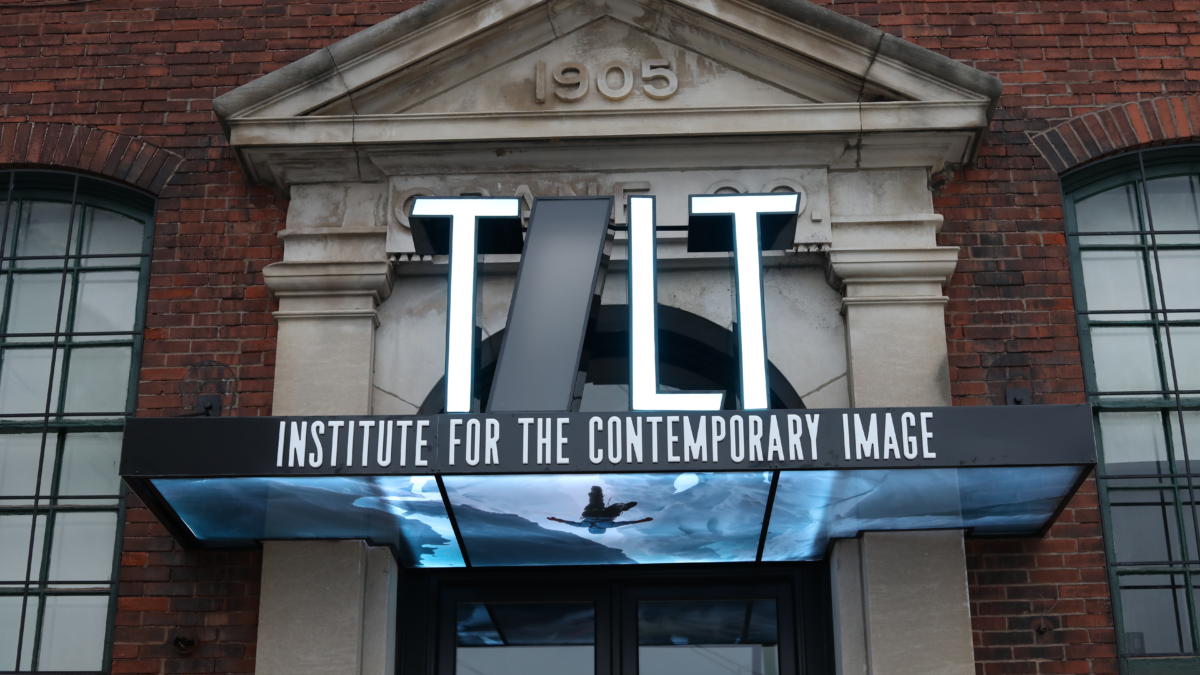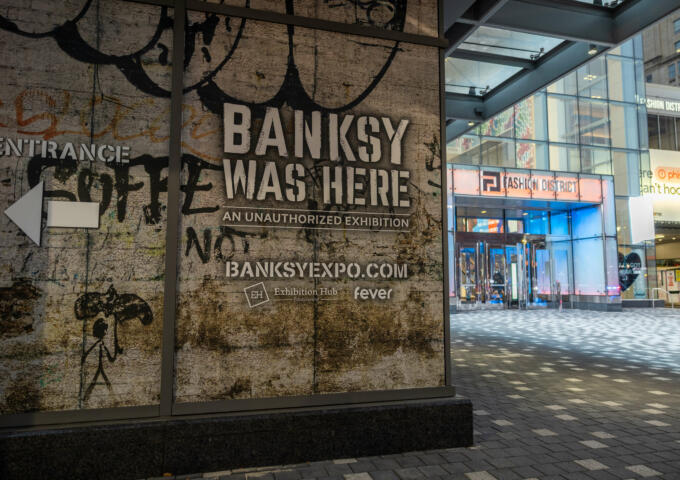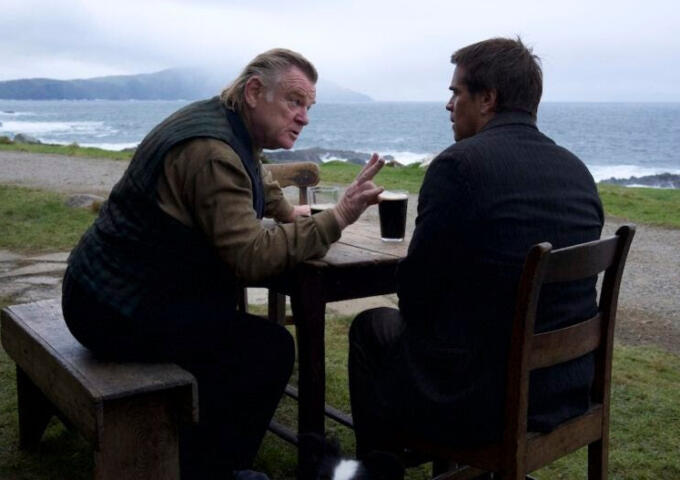Philadelphia Photo Arts Center has rebranded as the TILT Institute for the Contemporary Image. The strategic rebrand, led by Deardorff Associates, comes after a yearlong process of research and discussion surrounding the current state of the media-based image, the evolution of the organization, and the role its members would play in the future of photography, an ever-changing art form.
PW recently caught up with Sarah Stolfa, founder and CEO of the organization, to talk about the center and its new name.
What inspired you to found the photography center 12 years ago? Talk a little about how it all came together and has evolved over the years.
TILT, Institute for the Contemporary Image, was founded in 2009 to support working artists in the Philadelphia community. The goal was to offer affordable access to digital photography equipment so that artists could create and continue their practices of fine-art photography in a very open, artistic, and easily accessible environment.
Since then, we’ve continued to be a place where current trends and practices could be shared through exhibitions, artist lectures, and other formal and informal activities. TILT has always been evolving and learning from our diverse audience base about how to best support a broad range of artistic practices and individuals. Although our origin story is rooted in photography, over the years we’ve expanded to include social practice, video, mixed media, installation art, and other multidisciplinary art forms as part of its core. Our new name reflects this evolution as well – and it gives us the space to continue to evolve.
Why the rebrand now?
The rebrand has been a yearlong process of research and discussion. In some ways the advent of the pandemic gave us the space to deeply consider the current state of the media-based image, the future of the organization, and the role of our artists and members. The pandemic also asked us to pivot quickly. We moved all of our programs, educational offerings, and exhibitions to a virtual space. This allowed us to reach a broader and more diverse audience and erased any sort of geographical barrier. Other important issues related to equity and inclusion, were a part of this rebranding as well. What we wanted to do with our new name was reflect what we do best: pivot and adapt, challenge the thinking of our guests and our members, and constant artistic experimentation.
We think of the rebrand as an important step in opening up the mission of the organization to better expand both artistic scope and TILT’s audience diversity and reach. Rather than a retraction of core values, a rebranding creates new possibilities to examine organizational procedures and begin considering ways to improve and adapt to other artistic forms that incorporate the image beyond photography.
Our name pays homage to our history, and honoring our roots was an important factor in the rebrand. The term tilt refers to the use of camera movements that change the orientation or position of the lens. The new name gives a nod to the history of the discipline and encompasses the strategic change taking place in the organization. Since opening in 2009, over 125,000 people have participated in TILT programming. The rebranding will allow TILT to shift its focus to an expanded definition of its brand and approach to its mission to serve an even larger community.
Our most recent exhibit, the first show presented by TILT in our newly reopened gallery space, launched on Oct. 1. “Object Lesson” features renowned photographer and printmaker Richard Benson. The timing of the exhibition coincides with our rebranding. Benson and myself were colleagues, first working together while I was a student at Yale. Together, we created the first photo department digital printing lab at the Yale School of Art. “Object Lesson” is really an homage to what led me to open TILT in 2009. After I graduated, I returned home to Philadelphia with a specific purpose – to open the organization, which began as one of the first rental digital printing labs in the city.
And as it relates to our name, Benson, as a mentor and educator at Yale, made revolutionary innovations in the techniques and philosophy of printing and reproduction. He was continuously pushing the medium developing new ways to print, reproduce, and work with the image. TILT seeks to do the same thing.
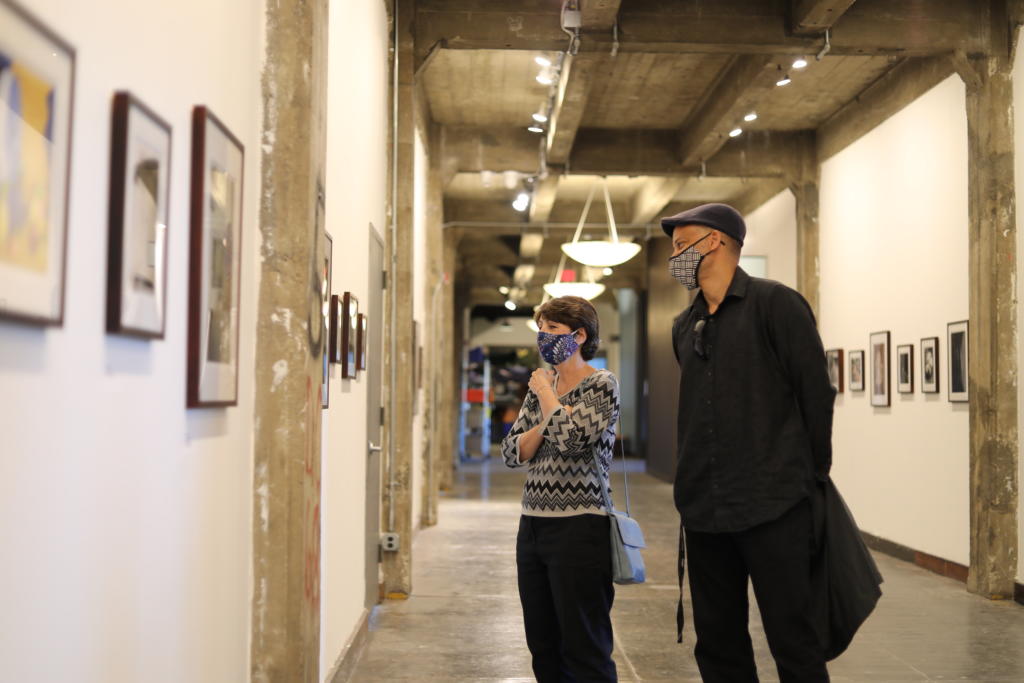
In addition to the new name, what other changes are in the works?
Keeping consistent with the pivots we made in early March 2020, we are continuing to offer virtual education services and programming to audiences in Philadelphia and beyond in addition to in-person education and programming in our classrooms in the Crane Arts building in South Kensington. The duality of online and offline programming is a change that is going to stick with us long term. It became clear that our mission reached far more than we originally anticipated, and we look forward to working with audiences nationally. Educational offerings at TILT will remain flexible, with shorter terms and staggered course start times to accommodate challenging schedules. We understand that everyone is still juggling a lot between work, home, and personal lives – but we want to make sure that all audiences are able to access our educational offerings.
TILT will continue to build and support our community by increasing our services, such as offering a digital co-working space 24-hours a day, seven days a week, by appointment only. We also are excited to unveil a new membership program, which will emphasize the sharing of skills, knowledge, and artistic practices. The new membership program will offer more opportunities for events, conversations, and collaborations between members. TILT will roll out new initiatives during the next few months highlighting its commitment to making the arts accessible to everyone, including a sliding scale membership.
What are the short-term and long-term goals for TILT?
As always, our goals include providing top-tier educational programming, residencies, events, exhibitions, and public programs accessible to everyone. That includes the long-running TILT programs; Artist Residency Program, Teen Photo Program, Contemporary Photography Competition + Exhibition, and Oh Snap!
We are also partnering with artist, professor, lecturer, and activist Jay Simple for an exhibition of local and national artists that engages audiences with concepts related to social justice, equity and inclusion in the arts. Simple is also creator of The Photographer’s Greenbook (PGB), a resource for lens-based artists and makers to learn about inclusion, diversity, equity and advocacy in the field. Through Simple’s collaboration, TILT has undergone a series of diversity, equity and inclusion initiatives designed to create an organization that better serves our artists, teaching artists, and audiences. Simple has been an important changemaker and collaborator during TILT’s transition from PPAC.
Other changes include an emphasis on financial equity. We are looking at changes such as sliding scale membership plans and financial assistance for classes.The task of achieving financial inclusion asks our members, staff, and audiences to examine our financial positions within larger socio-cultural systems so that we can begin to conceive ways of offering our services so that a wider range of audiences and artists can participate. Community is our point of inspiration, but community must be equitable in order to produce enriching experiences that challenge perceptions and push creative boundaries.
TILT’s goal for the next few years is to increase participation with younger, non-academically trained audiences to assist them in their artistic practices. We look forward to rolling out an exhibition calendar over the next few years that supports artists by connecting them with the professional resources they need to grow their practice, giving them platforms to speak in artist conversation events, and offering fellowships to formulate socially-engaged programmatic activities that go along with their exhibitions.
Long term, TILT will be focusing efforts on balancing online and in-person events. Expanding both formats helps us reach new workshop participants from different states so that they can take advantage of TILT’s programming. Accessibility is an important feature of digital learning; we can accommodate more schedules, time zones, and individuals who find our physical location a challenge to reach. Continuing to scale our offerings depends largely on having a strong digital presence.
Whether virtually, in-person, or a combination of both, exhibitions will not stand alone in the gallery. TILT wants to connect with the community — and that includes making each exhibition a welcoming space and a point of public conversation and artist conversations.
TILT looks forward to deepening and building strategic partnerships and alliances with like minded organizations in Philadelphia and beyond. Our goal is to grow programming capacity and work with others outside of our particular artistic practice. We want to see TILT collaborate with artists and changemakers in other disciplines so that our space is a multidisciplinary space where the cross-pollination of artistic practices can live.
Photography as an art form seems to be changing almost daily. What are some of the trends, and how will TILT integrate those changes into its programming?
TILT will be supporting a more inclusive, younger cohort of non-academically trained artists, which isn’t a trend but a reflection of where we feel arts institutions should be moving toward.
As far as our move toward image-making and away from just photography, we explain it as TILT looking at new possibilities for what the image means and exploring the idea of the image creatively. We view the image as any creative 2D display. It could be on screens, in prints, projections, renderings, the possibilities are endless. The definition of the image is not static; it becomes fluid and open for new possibilities – especially as it relates to technology. Photography as a practice has always been tied to technology. From the first cameras to revolutionary printing techniques to the usage of A.I, the image has had a strong relationship with new technologies to change and adapt.
By opening up to the concept of the image, TILT moves into the future of artmaking. To tie it back to Richard Benson, we are pushing for creative explorations. Benson, a master printer himself, once said that printing was dead and screens were the way to go. His comment was incredibly insightful, revolutionary for his time, and also deeply ironic considering his line of work, but Benson was onto something. How we think about the image must always be changing.
Photography is so omnipresent in our culture that it allows for a huge amount of cross pollination across sectors and artists; we see different ways of using the image in pop culture, commerce, media, and fine art. And now with moving to digital spaces, artists are exploring it in ways that are becoming more multi-disciplinary and pushing the boundaries. We want to be a part of those types of cross-pollination efforts.
We’re at the tip of the iceberg of what’s possible, and we’re excited to see what’s next.
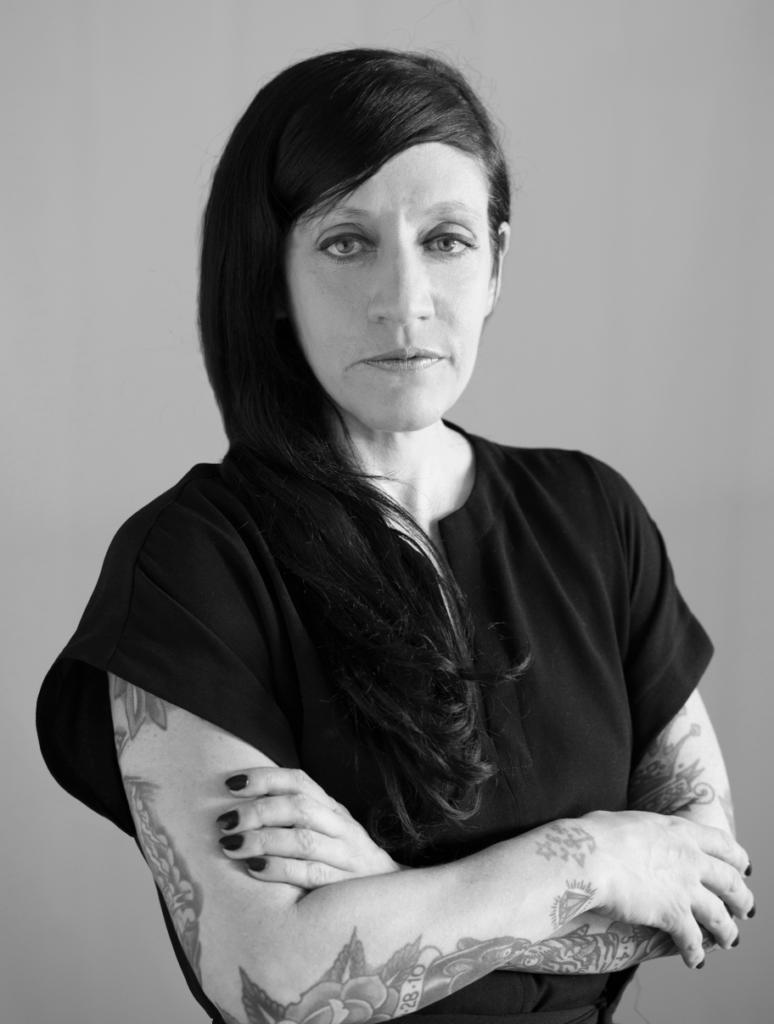
What are the best ways for people to, first, get involved in TILT, and, second, stay current with what’s going on with the center?
The beauty of TILT is the wide array of ways to become involved with our organization. We welcome everyone with interest in image-based art practice to become a member. Not only does membership offer a network of like minded creatives to bounce ideas off or gain important skills, as well as opportunities to showcase their work, but it supports our education and programming. Membership makes it possible for us to offer free artist events and youth education opportunities.
TILT also has educational workshops and courses for all skill levels, both online and in person. We welcome anyone with an interest in photography and image-based art to get involved with a class. Our roster of instructors includes extremely talented artists from our community, giving students the opportunity to learn firsthand from experts in the field.
Outside of membership and educational offerings, we encourage everyone to visit our gallery in the Crane Arts Building and learn more from our team about the current exhibitions and upcoming programming. We always appreciate visitors.
To stay current with our upcoming events and programming, I encourage everyone to sign up for our newsletter and follow our social media pages. We will be routinely expanding our community events and programs and including that information there. We are aware that the pandemic is constantly changing, but we are dedicated to finding ways to connect this wonderful community of artists and art-appreciators no matter the circumstances. Whether it’s artist talks online or in-person workshops led by guest artists and speakers, TILT exists for, and is inspired by, our community.
